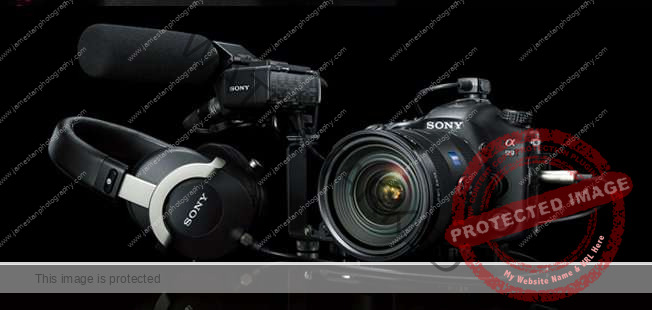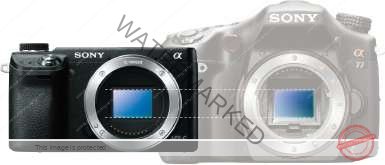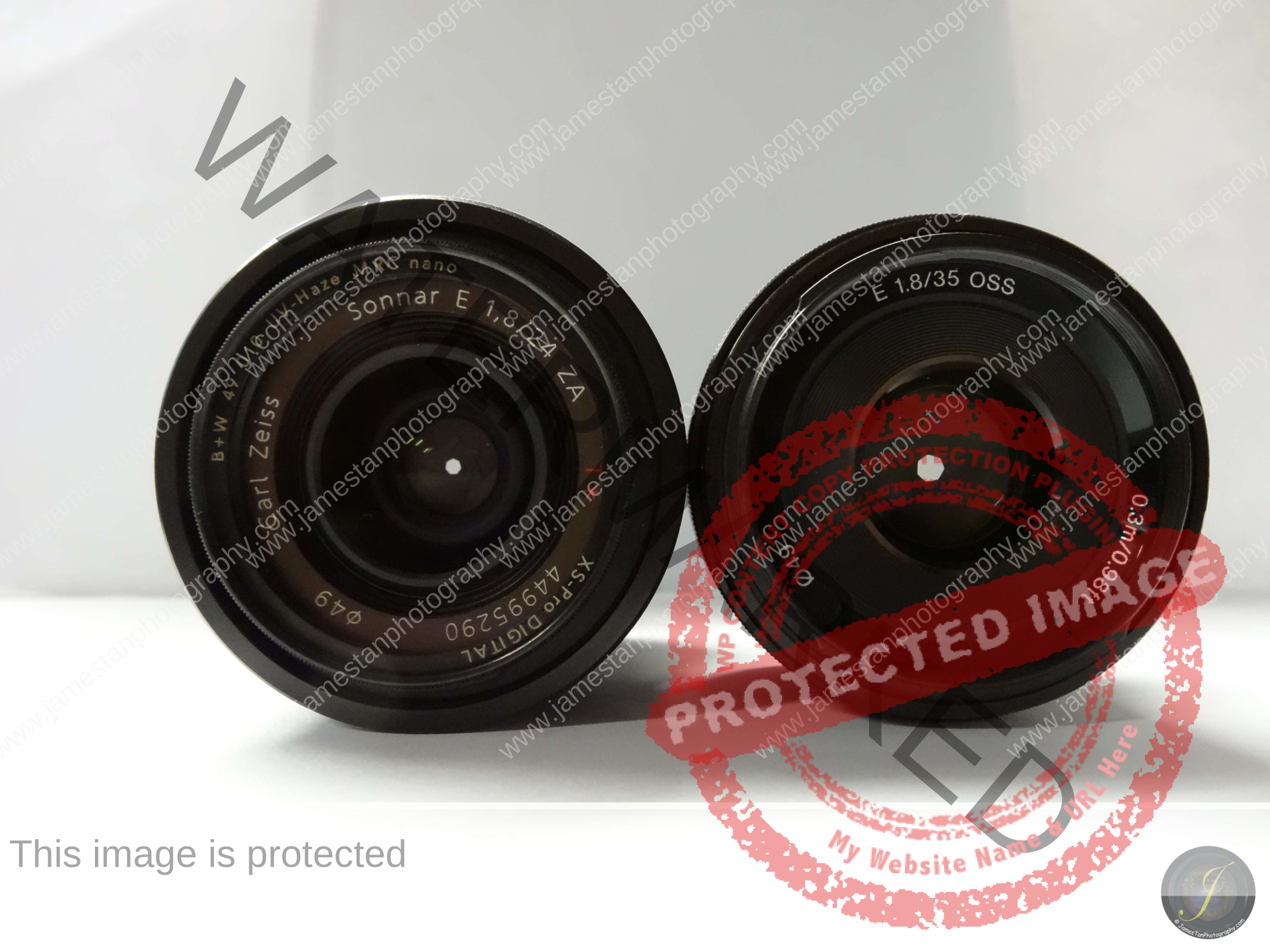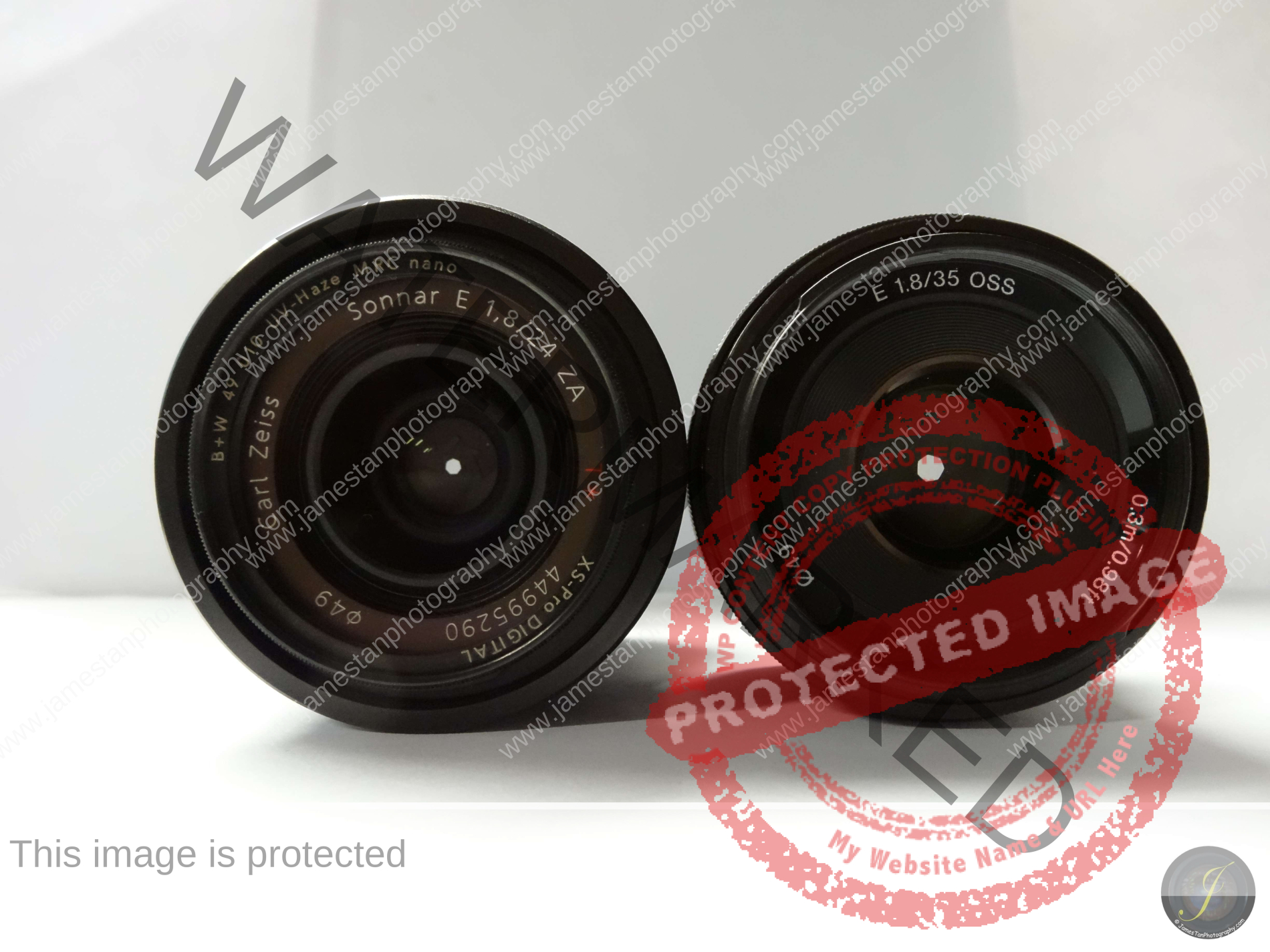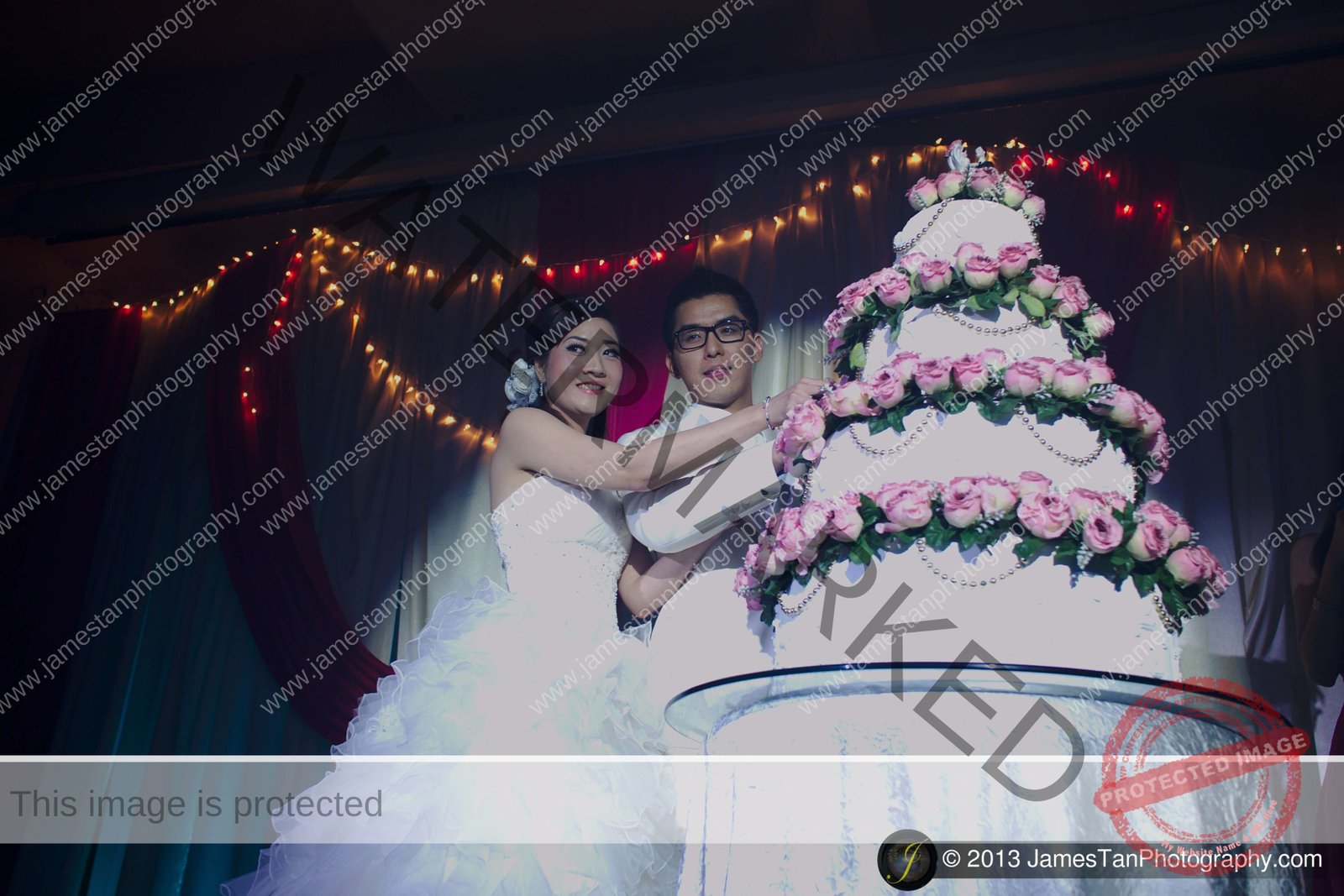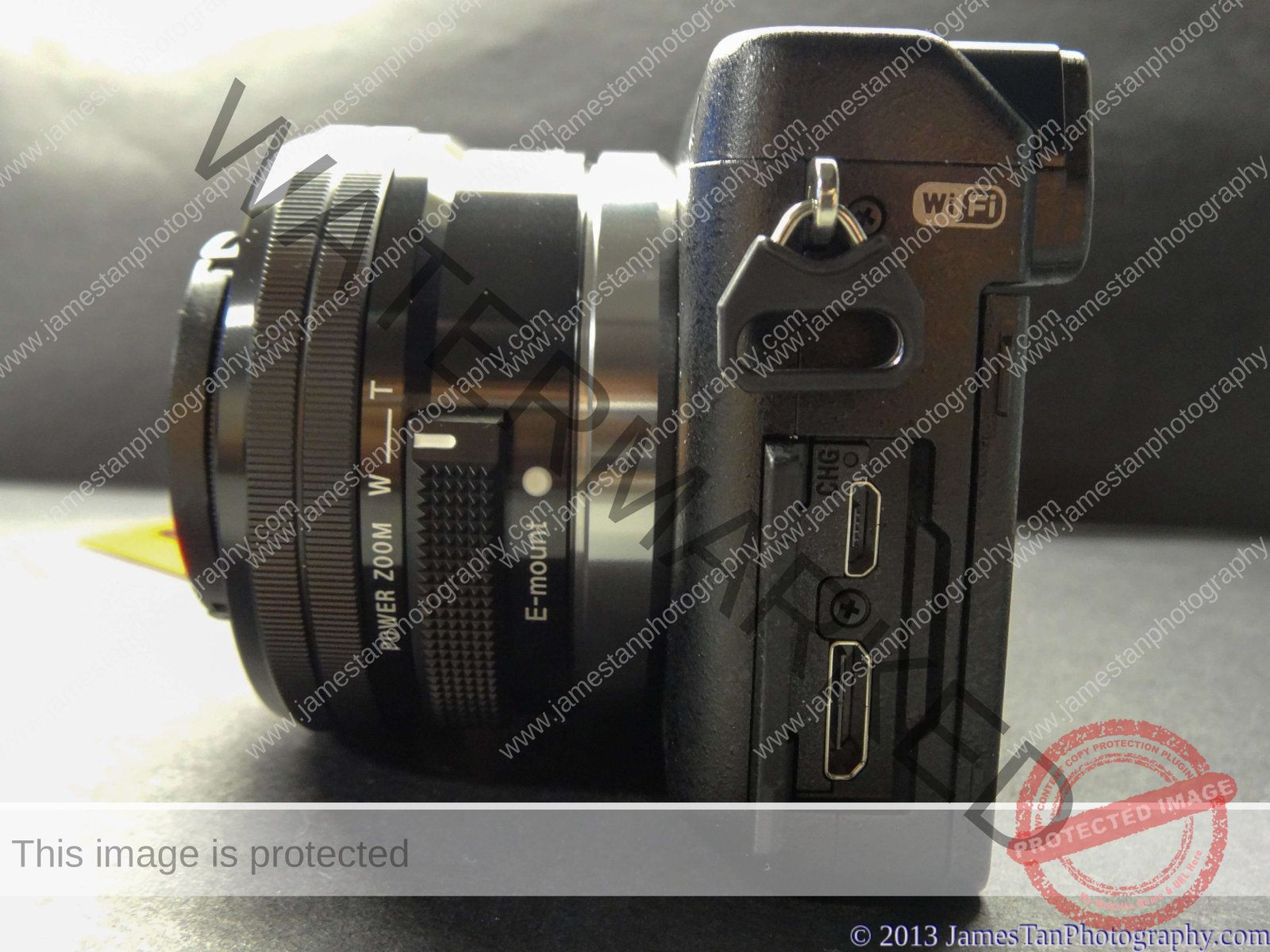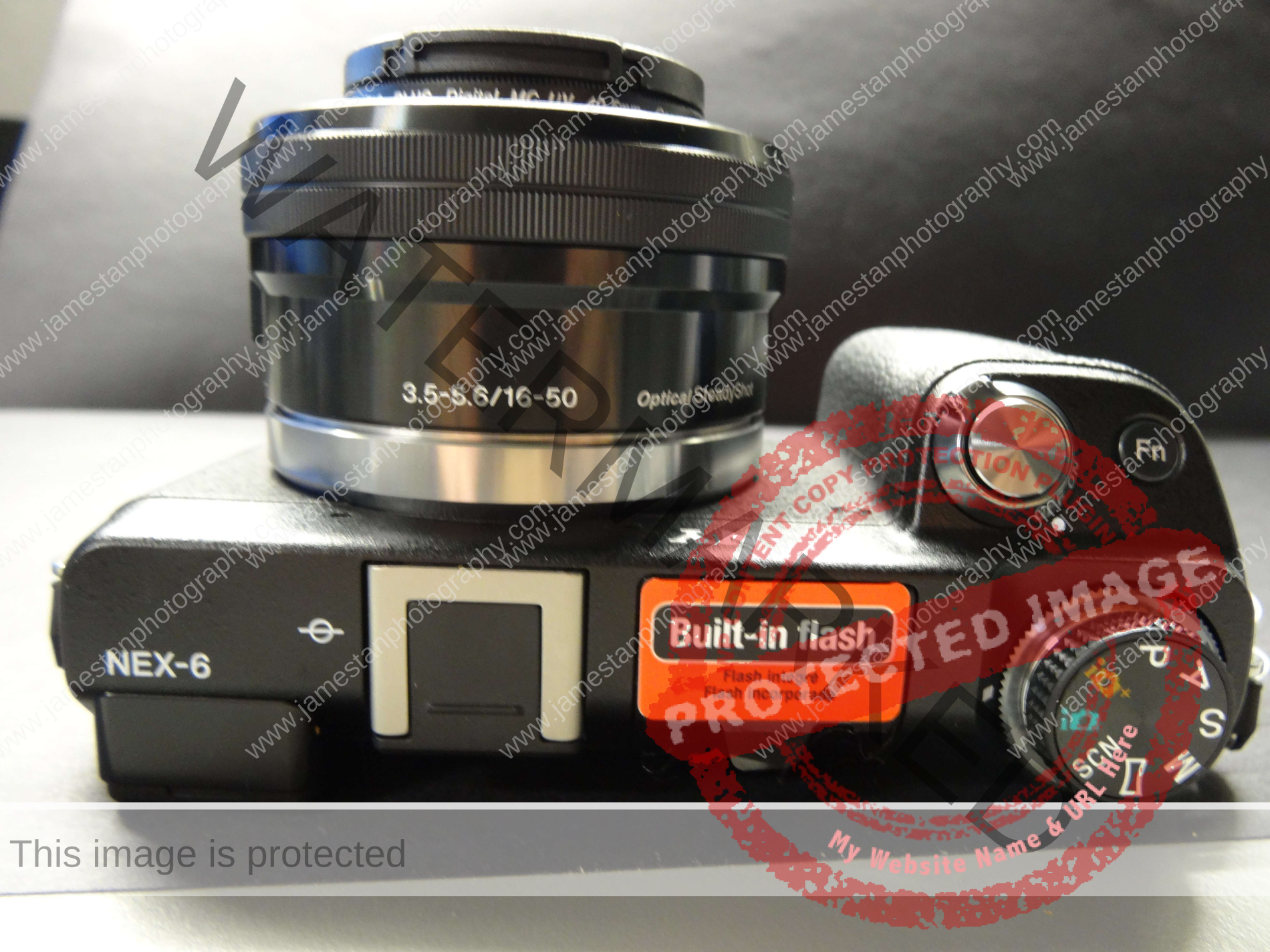IIn the previous posts, we discussed 5 Considerations Before Buy a Camera, 5 Reasons to Own a P&S camera, 5 Reasons to Own a Mirrorless Camera, and 5 Reasons to Own a DSLR camera. If you buy a Point and Shoot (P&S) camera, then congrats, you can start your photography journey immediately. However, if you want to buy a mirrorless camera or DSLR, you must have at least one lens to pair with your camera before starting shooting.

So which lens should you buy? How to choose a proper lens for yourself?
1. Kit Lens
Kit lens, a standard zoom lens that comes with purchasing your new camera at a very low price. It covers the standard zoom range from 28mm to 70 mm in 35mm equivalent for normal daily usage. If you are new to photography, a standard kit lens is enough for you to learn all the necessary skills for photography.
(more…)

